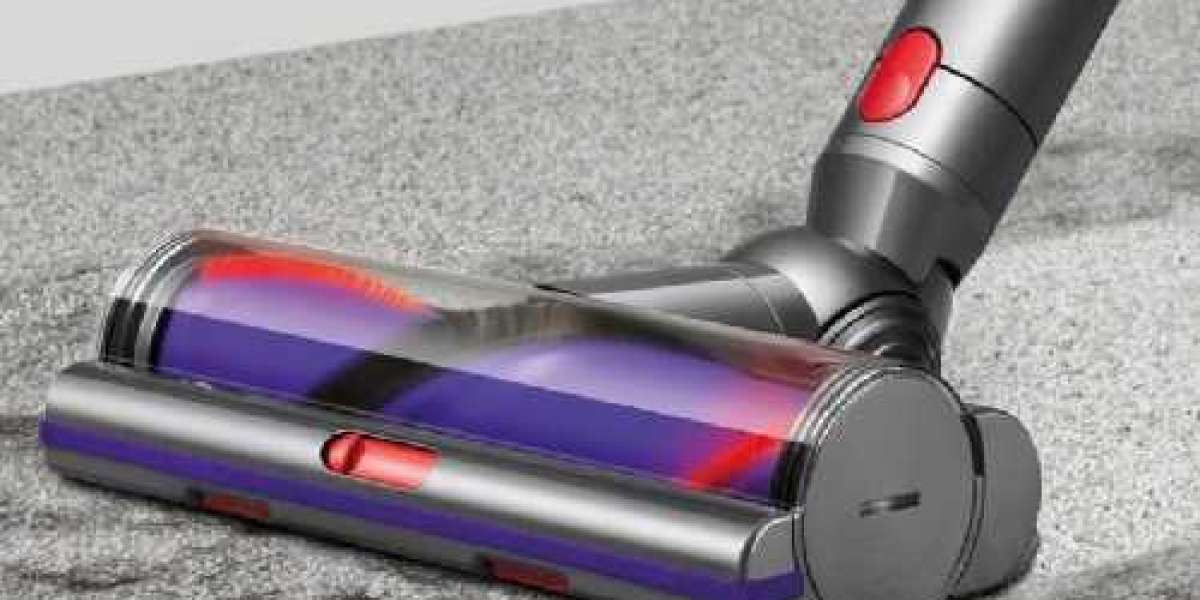These include technologies like telehealth, artificial intelligence, and wearable devices.
3D-printing technology
3D-printing technology is becoming an essential component of healthtech. It is being used to create personalized medical devices. These tools can improve the quality of care by providing a more personalized experience for patients. And they can also increase efficiency in the operating room.
In addition to creating surgical tools, 3D-printing technology can also be used to create hyper-accurate models of organs and body parts. This provides doctors with insight into pathological changes and allows them to plan operations more accurately.
The technology has already been approved by the US Food and Drug Administration (FDA) for use in the pharmaceutical industry. Aprecia Pharmaceuticals is one of the first companies to develop and manufacture a drug using the 3D-printing process.
Many hospitals are also using technology to create models for their surgical guides. For instance, researchers at Florida Atlantic University and Rady Children's Hospital created a robotic model of the human spine.
Another company, Biogelx, and Regemat3D, partnered to produce a skin model. Using MRI and ultrasound imaging, the researchers produced a physical model that helps specialists understand the patient's life structures.
Telehealth technologies
Telehealth technologies are a way of using technology to improve access to care. They can include video calls, mobile apps, wearable devices, and other technologies that connect patients to providers.
Telehealth can be used to improve the quality of care and reduce cost. It is a great way to augment in-person visits to healthcare professionals. These technologies can also be used in an emergency situation to save a life. Increasing the availability of telehealth technologies will not only improve health outcomes, but will also make health care more accessible.
Telehealth is becoming a more popular option. People are now able to visit specialists and physicians who do not live near them. This has reduced travel times, helped individuals stay home when sick, and improved overall health.
Telehealth is also being used in public health programs. For example, trauma doctors have used Skype to consult with people in disaster areas.
Telehealth technologies are a big part of the solution to a perennial question: how to deliver high quality care at a lower cost. They can also be used to help manage chronic illnesses.
Wearable technology
Wearable technology in healthcare is a term that refers to devices that patients wear or attach to their bodies. It enables health professionals to monitor patient health and adherence to doctor recommendations. The data gathered by these devices can be interpreted and used to prevent diseases, track progress, and improve patient care.
Wearables can help people get more exercise and make healthier decisions. They can also provide reminders to stay on track with healthy goals. In addition, wearables can be incorporated into other systems to provide real-time solutions to problems. These devices can also reduce the cost of health insurance.
Medical wearables have become extremely popular. These include devices that can measure heart rate, blood sugar, and sleep. Many are non-invasive. Others are designed to be worn during clinical tests. Several are also connected to a smartphone app for easy monitoring.
Smart wearables have their own set of legal and privacy challenges. For example, green lights on these devices can be blocked by skin pigmentation. Also, the algorithms used to detect disease may underestimate risks in certain populations.
Artificial intelligence
Artificial intelligence in healthtech has the potential to improve diagnosis and treatment. The ability to accurately analyze data, predict and monitor the spread of infectious diseases, and enhance preventive care are all benefits of this technology. However, it will take several years before this technology is widely used in clinical practice.
AI can be algorithmic, rules-based or a combination of both. For example, AI systems can be trained to identify objects in images. Likewise, they can learn to produce lifelike interactions with people.
However, while these technologies are improving medical healthtech, they are also bringing about ethical concerns. Because of the complexity of a problem and the limits of computer processing, artificial general intelligence is still elusive.
Several types of AI are already employed by healthcare organizations, including payers, life sciences companies, and providers of care. These systems can be integrated into EHR systems, and may offer actionable insights from data.
However, integration issues have become a larger barrier to the adoption of AI in the healthcare industry. As the volume of data and medical knowledge grows, rule-based systems will not be able to adequately process the information.



